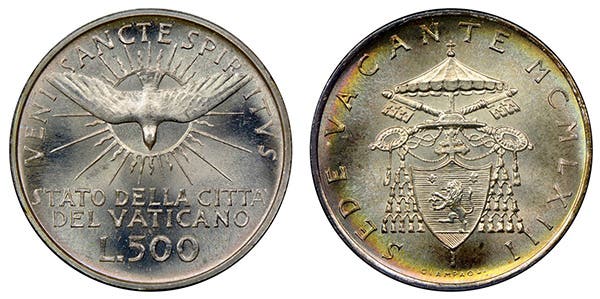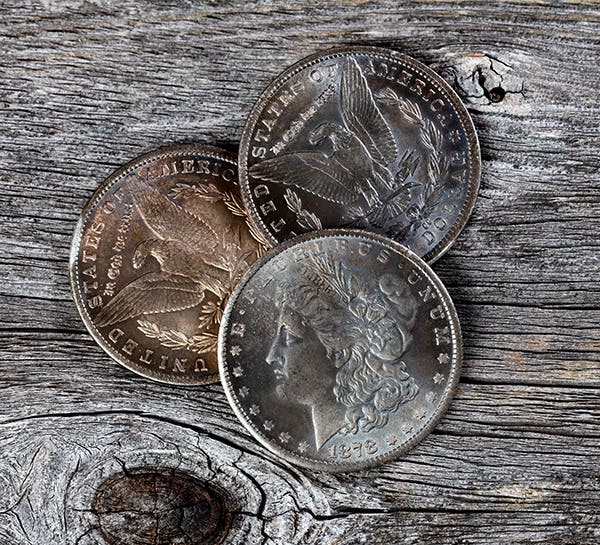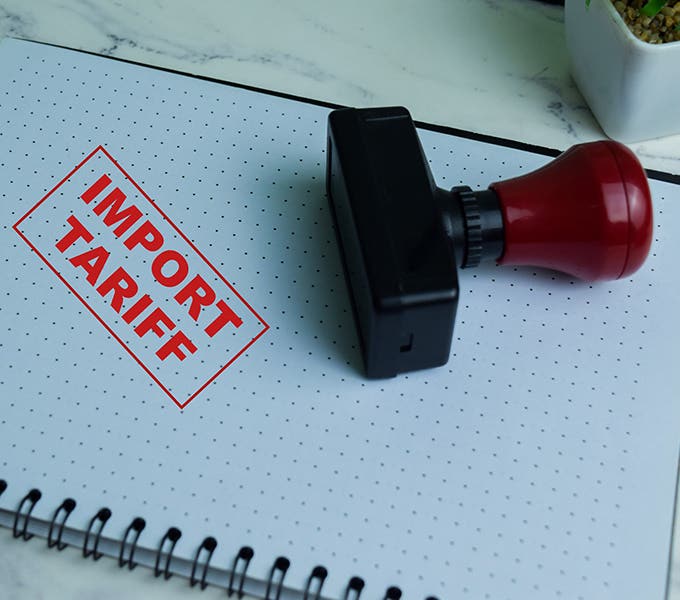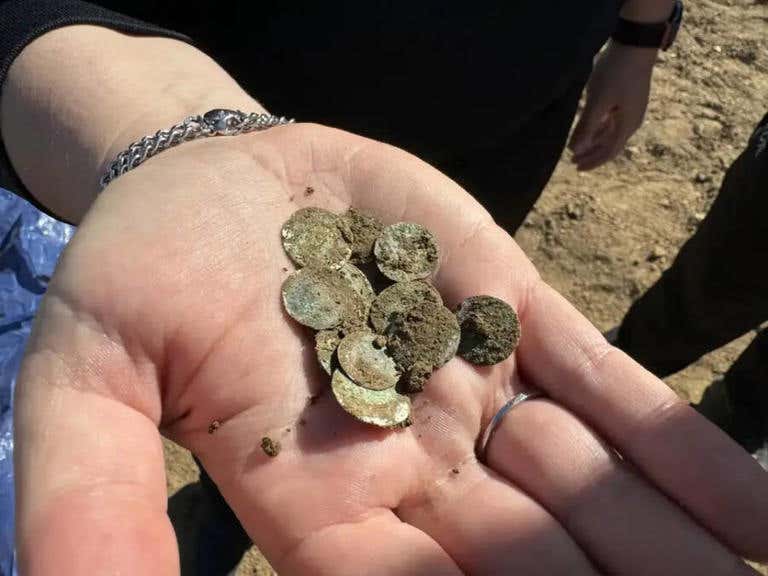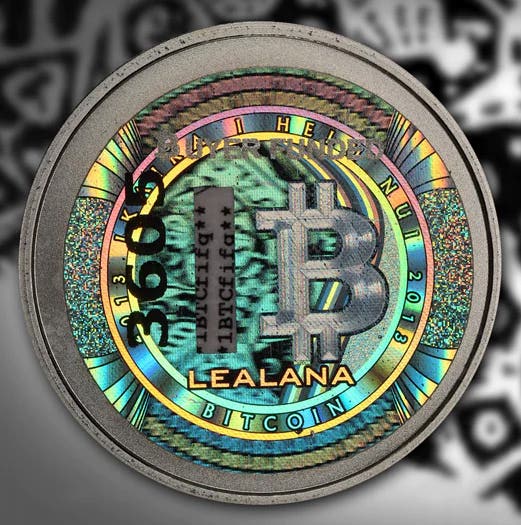Dime-stock planchet use for quarter
What can you tell me about a 1970-D quarter on a thin planchet? You have one of an estimated 20,000 that were struck at Denver on dime-stock planchets. These were…
What can you tell me about a 1970-D quarter on a thin planchet?
You have one of an estimated 20,000 that were struck at Denver on dime-stock planchets. These were planchets that were accidentally punched from dime thickness strip to quarter diameter at San Francisco and shipped to Denver to be struck. There are similar quarter stock dimes, but only a very few of those escaped the Mint. I’m guessing that probably as many as 20,000 were struck. I counted about 200 that were reported by our readers at the time they were released to circulation, and they are still turning up. Value for the circulated pieces runs about $7.50 to $10 and about $20-$25 for the uncirculated specimens. The pieces will weigh about 65 grains.
Are there any examples of private gold coins struck over U.S. gold?
Not very many, but there are two Clark, Gruber & Co. pieces, both $20, struck on U.S. Mint coins. One of the 1861 $20s is on an 1857-S double eagle, and the other is struck over an 1849 $10. More examples of Territorial gold struck on U.S. coins include the Parsons & Co. $2.50 struck on 1850-O half dime, “two or three known,” also Parsons $2.50 on 1836 dime. Both were in the Kosoff sale held Nov. 4-6, 1985.
Where did “E Pluribus Unum” come from?
The Latin slogan “Out of Many, One” is traced to a poem by Roman poet Virgil (70-19 B.C.), who used it in “Moretum” in the line, “...Deperdunt propias; color est E Pluribus Unum,” referring to ingredients ground up with a mortar and pestle. Curiously, it was used as a masthead slogan by a number of English newspapers of the early 1700s, which may well have been the indirect source resulting in its appearance in the Great Seal of the United States and later on our coins. The motto was adopted to signify the joining of the 13 colonies into one nation.
I have a proof set from the early 1960s, still in the soft plastic envelope, in which something has happened to the cent. Part of both sides and the edge are a different color. Is this some kind of minting variety?
As it happens, I’ve seen other sets with a coin like yours, but I suspect that it occurs often enough to puzzle some other collectors. Check the seal around the edges of the pocket that the cent is in and I think you’ll find a break in the seal. What has happened is that air has leaked in with some sort of contamination causing the discoloration on the coin. Even if this were to have occurred in the Mint, it still would not have any value as surface discoloration – distinguished from a defect or change in the metal itself – is not a minting variety of value.
E-mail inquiries only. Do not send letters in the mail. Send to Giedroyc@Bright.net. Because of space limitations, we are unable to publish all questions.
This article was originally printed in Numismatic News Express. >> Subscribe today
If you like what you've read here, we invite you to visit our online bookstore to learn more about 2019 North American Coins & Prices.
NumismaticNews.net is a participant in the Amazon Services LLC Associates Program, an affiliate advertising program designed to provide a means for sites to earn advertising fees by advertising and linking to Amazon.com and affiliated websites.



